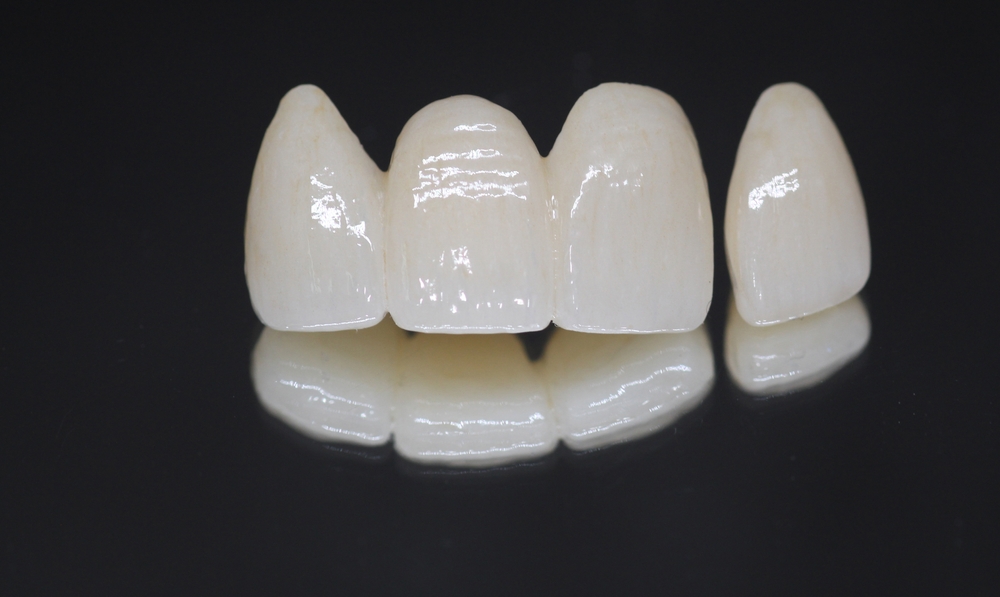Proper occlusion, or the alignment of teeth when the jaws are closed, is a cornerstone of both oral health and effective dental restorations. While often overlooked, the role of occlusion in the longevity and success of dental procedures such as fillings, crowns, and implants cannot be overstated. Misalignment can lead to a host of dental problems, from uneven wear and tear on teeth to more severe issues like temporomandibular joint disorders and chronic pain. This blog post will delve into the critical importance of ensuring proper occlusion in dental restorations, highlighting how precise alignment contributes to both the durability of dental work and the overall health of your mouth. Whether you are considering a dental procedure or simply looking to understand more about oral health, recognizing the role of proper occlusion is key to maintaining a healthy, functional smile.
Understanding Occlusion
Occlusion refers to the way your teeth align and come together when your jaws close. In ideal conditions, occlusion ensures that the teeth are aligned properly, distributing biting forces evenly and promoting overall oral health. There are two main types of occlusion:

- Normal Occlusion: This occurs when the upper teeth slightly overlap the lower teeth, allowing the points of the molars to fit the grooves of the opposite molar. This alignment helps in efficient chewing and plays a critical role in the health of your gums and jaw joints.
- Malocclusion: This is any deviation from normal occlusion, which can range from slight misalignments to severe bite problems. Common types of malocclusion include overbite, underbite, crossbite, and open bite. These irregularities can lead to problems such as uneven wear on teeth, difficulty in chewing, and strain on jaw muscles and joints.
Improper occlusion, especially if unaddressed, can result in significant issues. For example, it can accelerate tooth decay, increase the risk of periodontal disease, and cause headaches or facial pain due to the strain on jaw muscles.
The Impact of Occlusion on Dental Restorations
The alignment of your teeth plays a pivotal role in the success and longevity of dental restorations. Whether it’s a simple filling or a complex implant, how well these restorations fit into your bite can determine their durability and functionality.
Impact on Different Types of Restorations:
- Fillings: Proper occlusion ensures that the filling material can withstand the forces of biting and chewing without cracking or becoming dislodged.
- Crowns: A crown must be designed to mimic the occlusion of a natural tooth. If not, it can lead to increased wear on the crown or the opposing teeth, and even discomfort or pain.
- Bridges: Similar to crowns, bridges need to be accurately aligned with the natural bite to function effectively. Misalignment can lead to difficulty in chewing and additional stress on adjacent teeth.
- Implants: These are designed to act like natural teeth and thus require precise occlusal alignment to function correctly and avoid placing undue stress on the surrounding bone and tissues.
Techniques for Achieving Proper Occlusion
Achieving proper occlusion during restorative dental procedures is vital for the success and longevity of the treatment. Dentists use a variety of methods and tools to ensure that restorations not only fit well but also mimic the natural bite as closely as possible.
Assessment Techniques:
- Occlusal Analysis: This involves examining the points of contact between the teeth when the jaws close. Dentists may use articulating paper, which leaves a mark on the teeth showing where they come into contact, to help identify high spots or misalignments.
- Digital Scans: Advanced technology allows for precise digital impressions of the mouth, which can be used to create 3D models of the teeth. These models help dentists in planning restorations that perfectly align with the patient’s natural occlusion.
- Bite Registration: This is a process used to capture the relationship between the upper and lower teeth. The material used will record the exact bite when set, which helps in creating restorations that fit seamlessly into the bite.
Tools for Ensuring Proper Occlusion:
- Occlusal Indicators: Materials like articulating paper, foils, or electronic sensors provide feedback on occlusal contacts and pressure distribution. They are crucial for making precise adjustments to restorations.
- Adjustment Tools: Dental burs and polishers are used to modify the restoration if any discrepancies are found during the fitting process. These tools help in fine-tuning the restoration to ensure a perfect fit.
Benefits of Proper Occlusion in Restorations
Ensuring that dental restorations have proper occlusion brings several benefits, not only to the longevity of the restoration itself but also to the overall oral health of the patient.
Enhanced Durability and Longevity of Restorations:
Properly aligned restorations are less likely to crack, loosen, or wear down because they evenly distribute the forces exerted during biting and chewing. This results in a longer lifespan for fillings, crowns, bridges, and implants.
Improved Overall Oral Health and Functionality:
- Chewing Efficiency: With correct occlusion, patients can chew more efficiently and comfortably, which is important for digestion and overall health.
- Reduced Wear on Teeth: Restorations that fit well into the bite pattern prevent excessive wear on both the restorations and the natural teeth, protecting the integrity of the patient’s dentition.
- Prevention of Oral Health Issues: Proper occlusion helps to avoid problems such as tooth mobility, sensitivity, and further tooth loss, contributing to healthier gums and teeth.
Prevention of Additional Health Issues:
Misaligned occlusion can lead to strain and discomfort in the jaw muscles and joints, potentially leading to temporomandibular joint (TMJ) disorders or bruxism (teeth grinding). Proper occlusion in restorations helps to mitigate these risks, promoting better overall health and comfort.
Conclusion
In conclusion, proper occlusion is paramount in dental restorations not only for ensuring the longevity and effectiveness of the treatments but also for maintaining overall oral health. As we have explored, precise occlusion in restorations enhances their durability, improves functionality, and helps prevent further oral health issues. By working closely with dental professionals who utilize advanced techniques and tools, patients can achieve restorations that seamlessly integrate into their natural bite. We encourage all individuals to discuss occlusion with their dentist during restorative treatments to ensure optimal outcomes. Regular dental check-ups and attention to any changes in bite dynamics are crucial steps toward sustaining a healthy, functional smile.




